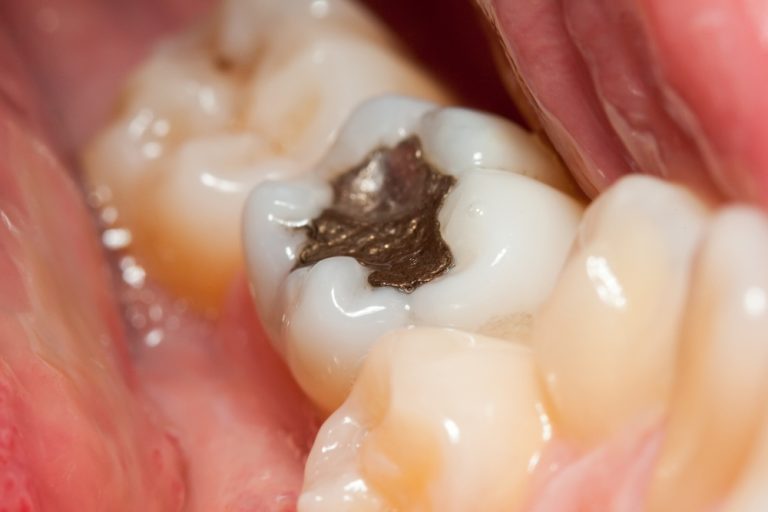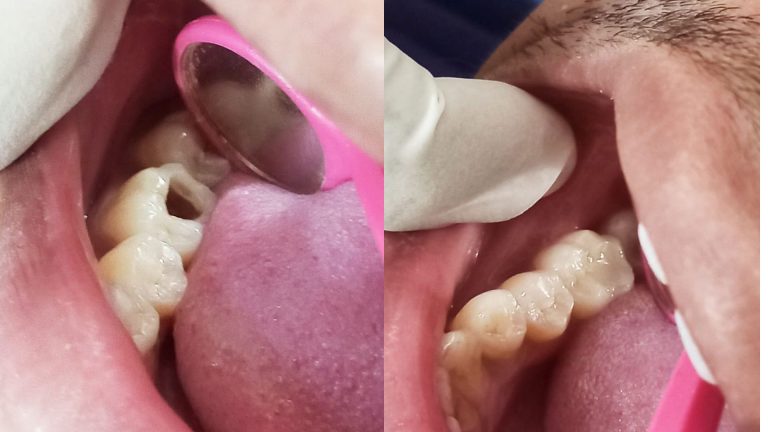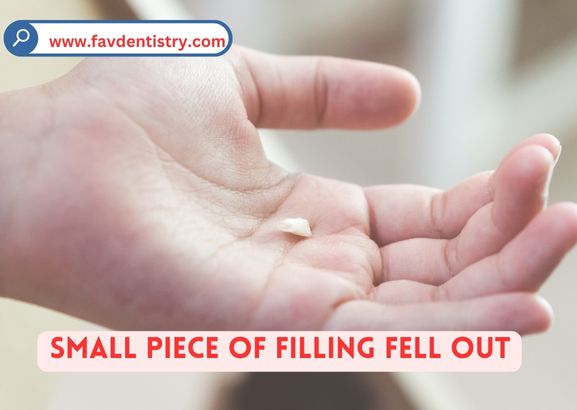Last Updated on 4 days by DR. ALBIN SIPES
Yes, dentists still use silver fillings in certain cases as they are strong and durable. Silver fillings, also known as amalgam fillings, are composed of a mixture of metals including silver, tin, copper, and mercury.
Although there has been some controversy surrounding the use of mercury in dental fillings, the american dental association (ada) and the food and drug administration (fda) have deemed them safe for use in dental restorations. While advancements in dental materials have provided alternative options such as tooth-colored composite fillings, silver fillings continue to be a popular choice for their cost-effectiveness and longevity.
Dentists assess each patient’s dental needs and consider factors such as the location and size of the cavity before deciding on the type of filling to use.
Evolution Of Dental Practices
Dentists have shifted from silver to tooth-colored fillings due to concerns raised about silver fillings. Silver fillings were popular in the past but have now been replaced with more aesthetically pleasing options. The transition from silver to tooth-colored fillings is a result of advancements in dental practices.
Dentists now use materials that closely match the color of the natural teeth, providing a more natural appearance. This shift has been driven by the desire to enhance the patient’s smile and overall dental experience. Tooth-colored fillings also eliminate any potential health concerns associated with silver fillings, making them a preferred choice for both dentists and patients.
The evolution of dental practices has revolutionized the materials used for fillings, ensuring that patients receive the highest quality dental care.
The Truth About Silver Fillings Today
Silver fillings, also known as amalgam fillings, have been a common choice for dentists. However, their usage has declined due to concerns about mercury content. Today, many dentists prefer using tooth-colored composite fillings. These offer several advantages, including aesthetics and the ability to bond directly to the tooth.
Additionally, composite fillings require less tooth structure removal and are generally more conservative. However, silver fillings still have some benefits, such as durability and cost-effectiveness. Despite this, the trend is moving towards alternative materials. Dentists now offer various options like porcelain, ceramic, and gold fillings, which provide even better aesthetics and durability.
In conclusion, while some dentists may still use silver fillings, alternatives like composite fillings have gained popularity due to their improved aesthetics and potential health concerns associated with silver fillings.
Modern Dental Practices: What Dentists Recommend
Modern dental practices have seen a rise in the use of tooth-colored fillings, replacing the traditional silver fillings. These tooth-colored fillings offer several advantages over their silver counterparts. Firstly, they blend seamlessly with the natural tooth color, providing a more aesthetic appearance.
Additionally, they require less removal of healthy tooth structure during the placement process. Furthermore, tooth-colored fillings are made of composite resin materials that bond directly to the tooth, making them more durable and less likely to cause sensitivity. On the other hand, silver fillings tend to expand and contract with temperature changes, which can lead to cracks and fractures in the teeth over time.
Dentists recommend tooth-colored fillings due to their superior cosmetic results and long-term benefits for patients. So, if you’re in need of dental fillings, consider opting for tooth-colored ones for a modern and aesthetically pleasing solution.
Case Studies: Patient Experiences And Dentist Perspectives
Dentists still use silver fillings, but patient experiences and dentist perspectives vary significantly. Real-life stories highlight patients’ encounters with silver fillings, shedding light on their efficacy and longevity. Dentists, on the other hand, share their insights and opinions on the merits of silver fillings versus tooth-colored alternatives.
Interestingly, when asked which option they would choose for themselves or their families, dentists’ preferences differ. While some opt for silver fillings due to their durability, others prefer the aesthetics of tooth-colored fillings. It’s clear that both patients and dentists have diverse perspectives on the use of silver fillings in modern dentistry.
Ultimately, individual circumstances and preferences play a crucial role in the decision-making process.
Safety Concerns And Scientific Evidence
Safety concerns and scientific evidence have sparked a debate around the continued use of silver fillings by dentists. The controversy stems from the presence of mercury in these fillings, raising questions about their potential harm to patients. Numerous scientific studies have been conducted to address these concerns and determine the safety of silver fillings.
These studies have provided valuable insights, indicating that while trace amounts of mercury can be released from the fillings, they are generally considered safe for most individuals. However, certain populations, such as pregnant women and children, may be more susceptible and should consult with their dentists on the best options for dental fillings.
Overall, it is important for dentists and patients to stay informed about the latest scientific research and make decisions based on individual needs and circumstances.
Making An Informed Decision For Your Dental Health
Factors to consider when choosing between silver and tooth-colored fillings include the longevity and strength of each material. Ask your dentist about the pros and cons of both options. You should also consider personal factors such as your budget, aesthetic preferences, and any potential allergies or sensitivities.
Having a discussion with your dentist will help you make an informed decision about which type of filling is best for your dental health. Don’t hesitate to ask questions about the durability, appearance, and cost of each option. By weighing these factors, you can choose the filling that suits your needs, ensuring a healthy and beautiful smile for years to come.
Frequently Asked Questions For Do Dentists Still Use Silver Fillings
Do Dentists Still Use Silver Fillings?
Yes, some dentists still use silver fillings, also known as amalgam fillings. These fillings have been used for decades because of their durability and cost-effectiveness. However, many dentists now prefer tooth-colored composite fillings for a more natural appearance.
Are Silver Fillings Safe?
Yes, silver fillings are considered safe by the american dental association and the fda. There is no scientific evidence to support the claim that silver fillings pose a health risk. However, if you have concerns, you can discuss alternative options with your dentist.
How Long Do Silver Fillings Last?
Silver fillings can last for 10 to 15 years or longer, depending on oral hygiene and habits like teeth grinding. However, they may require replacement over time due to wear, decay, or damage. Regular dental check-ups can help monitor the condition of your fillings and determine if they need to be replaced.
Conclusion
The use of silver fillings in dentistry has diminished significantly over the years. While they were once a popular choice for their durability and affordability, the emergence of tooth-colored composite fillings has presented a more aesthetically pleasing alternative. Additionally, concerns over the mercury content in silver fillings have led to a preference for the safer and more biocompatible options available.
Dentists now prioritize the patient’s overall oral health and appearance, offering modern materials that blend seamlessly with natural teeth. Ultimately, the decision between silver and composite fillings lies with the patient’s preferences and the dentist’s recommendation based on the specific circumstances.
To ensure the best outcome, it is always advised to consult with a dental professional who can provide personalized guidance and recommendations tailored to individual needs.





